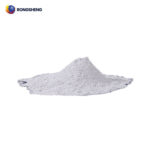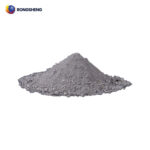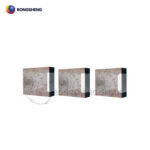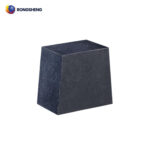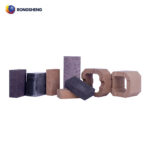Physical and Chemical Properties of Carbonaceous Refractories
A carbon-containing refractory material refers to a refractory product made of a compound of carbon or carbon and has a main component of carbon. Carbon-containing refractories are widely used in various parts of metallurgical furnaces because of their excellent high-temperature resistance, erosion resistance, and thermal shock resistance.
Carbon-containing refractories have high refractoriness, good thermal conductivity and electrical conductivity, excellent load deformation temperature and high-temperature strength, and better slag resistance and thermal shock resistance than other refractory materials. However, this type of product has the disadvantage of being easily oxidized.
Carbon-containing refractories can be classified into three types: carbonaceous products, graphite clay products, and silicon carbide products.
The carbonaceous product is a product obtained by using carbon as a main component, using coke, graphite or heat-treated anthracite as a raw material, and using a carbon-containing organic material as a binder. Carbonaceous products have good heat resistance, corrosion resistance, high temperature strength and high temperature thermal conductivity, and are mainly used in blast furnaces.
The graphite clay product is a refractory material made of natural graphite and using clay as a binder. It has good thermal conductivity, high temperature resistance, does not interact with metal melt, and has low thermal expansion. Among them, the most widely used are for steelmaking and smelting non-ferrous metals.
Silicon carbide products are advanced refractory materials produced from silicon carbide (SiC). It has good wear resistance and corrosion resistance, high temperature strength, high thermal conductivity, small thermal expansion coefficient and good thermal shock resistance. In recent years, its application fields have been expanding.

